Spirea Thunberg: description, varieties, tips for growing
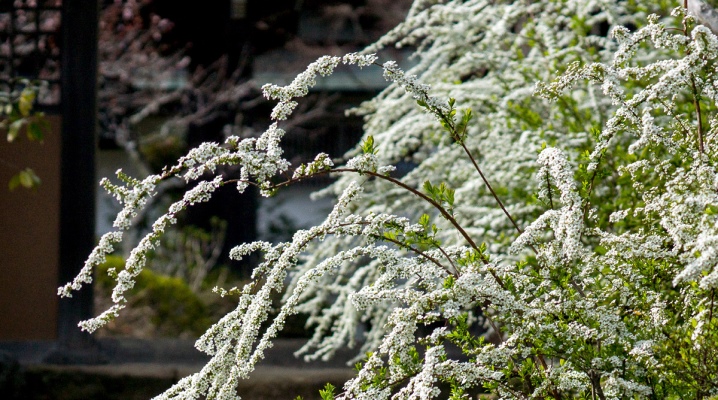
Spirea Thunberg is a type of bushes from the genus Spirea. She belongs to the pink family. Korea, China and the west of Japan are considered the birthplace of culture. In its natural environment, this plant can be found on rocky areas, rocky slopes and high mountain valleys.
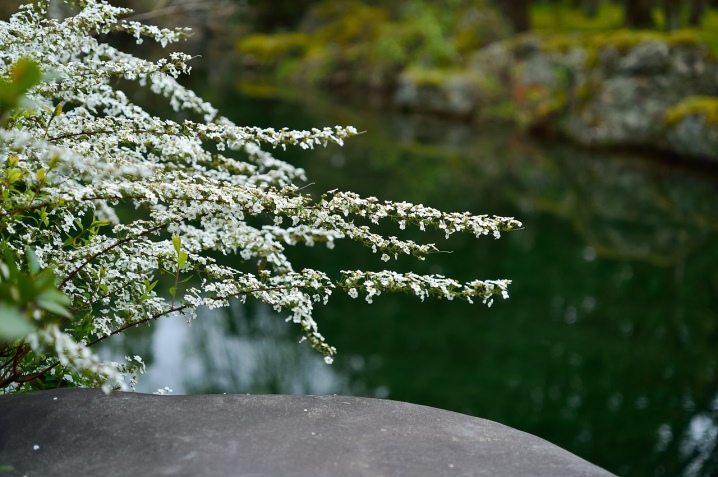
Description
Spirea Thunberg is a graceful shrub, in Japan it has a different name - snow willow. The shoot of the plant is characterized by branching, light brown color and vertical tendency. The branches of this representative of the flora are gently bent downward, which forms a domed crown. The height of the bush usually reaches from 150 to 180 centimeters. Its width is about the same.
The lily foliage of the culture bears some resemblance to willow. Its length is about 60 millimeters, and its width is 25 millimeters. Fine-toothed leaves are painted in a pale green, sometimes yellowish tint. In autumn, they acquire a golden color and stay on short petioles for a long time.
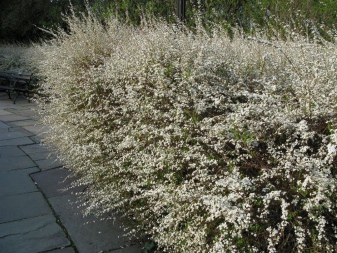
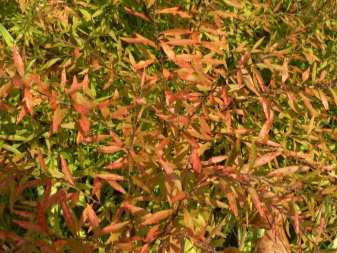
The buds of the Thunberg spirea are characterized by a white color with a pinkish tint. The flowers of the culture have the appearance of exquisite five-petal stars. Umbellate inflorescences with a diameter of about 30 millimeters. The flowering phase of the shrub occurs in early spring, at which time it is abundantly covered with beautiful buds. The brown fruits of the plant are usually small in size.
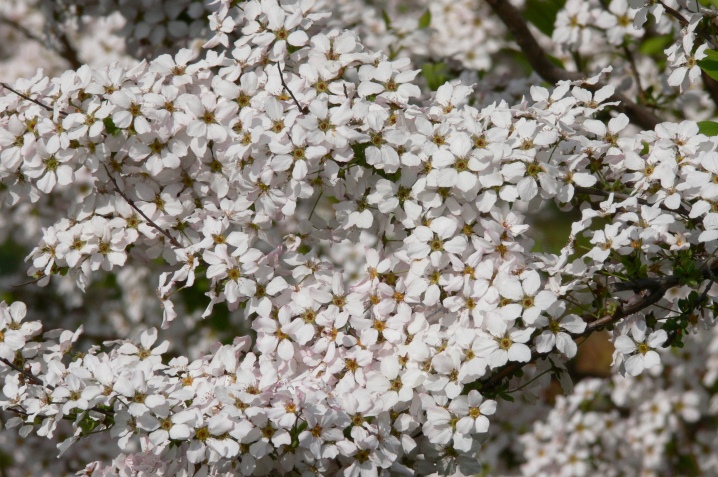
Varieties
Currently very popular The following varieties of snow willow are used.
- Fujino Pink. The shrub belongs to ornamental varieties, its decorative spreading crown has drooping branches and rich pink buds. The inflorescences of the plant are abundant and are located along the entire length of the shoot. Deciduous culture can grow to a height of one and a half meters. Its openwork crown is 200 centimeters in diameter. The foliage is graceful, small and slightly toothed, it grows up to 4 centimeters in length. Fujino pink blooms for a long time, usually this phase is about 21 days. The light-loving plant does not show any demands on the soil and reacts well to shading.
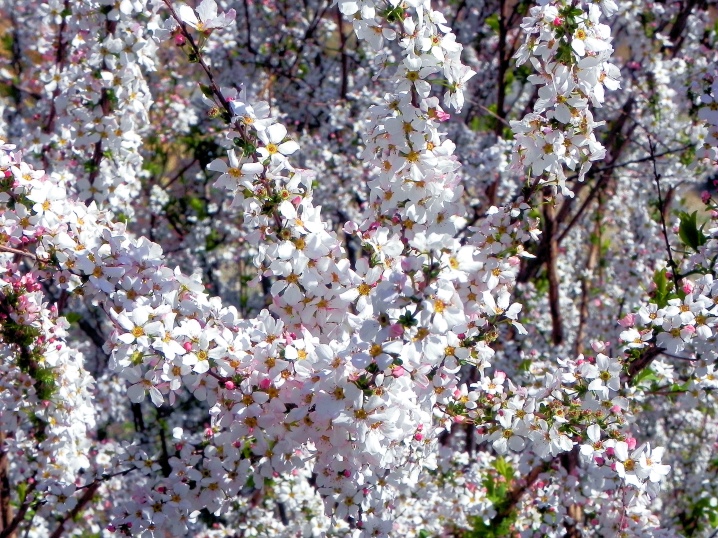
- "Odjon". This variety of spirea is characterized by an early flowering period, as well as the presence of golden leaves. In the first days of April, when there are no leaves on the bush, it is covered with beautiful snow-white flowers. After a while, feathery golden foliage grows on the culture.
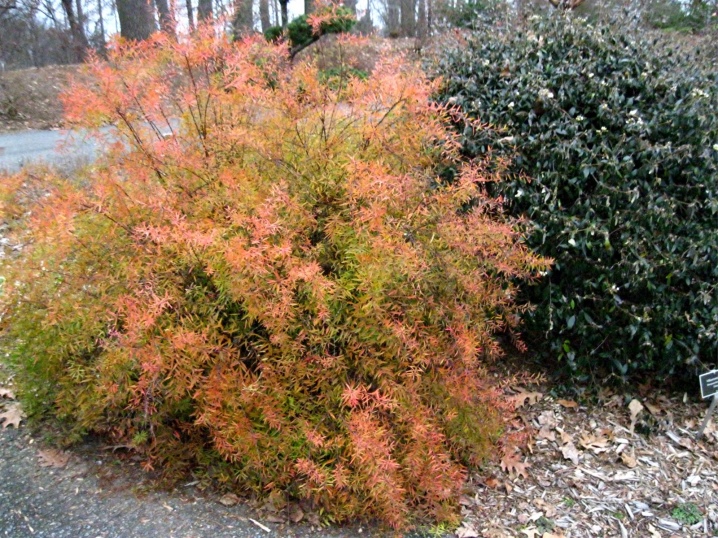
- Mt. Fuji. An attractive decorative low shrub with narrow white-motley foliage. The leaf plate is wavy, with a curly surface. During flowering, the plant is decorated with white flowers.
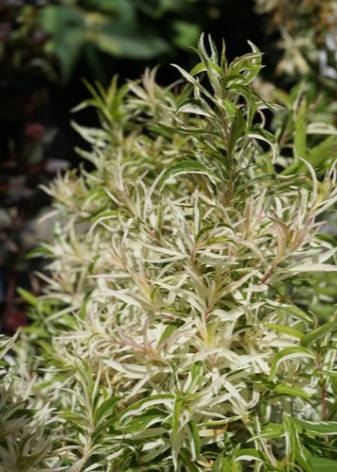

- Yat Sabusa. The shrub is characterized by the presence of interestingly shaped white double flowers. Otherwise, the description of this plant is similar to other varieties of the crop.
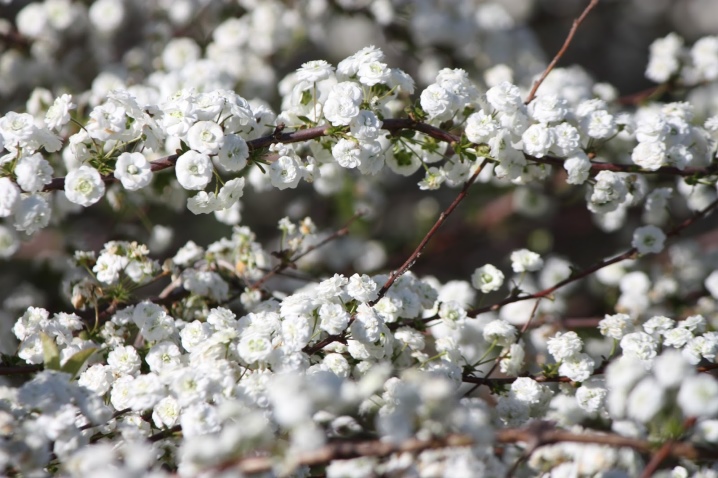
- Compacta. This garden shrub is characterized by compactness and grace. Its thin branches are covered with white inflorescences. The foliage is colored lemon green, and by autumn it acquires an orange hue.
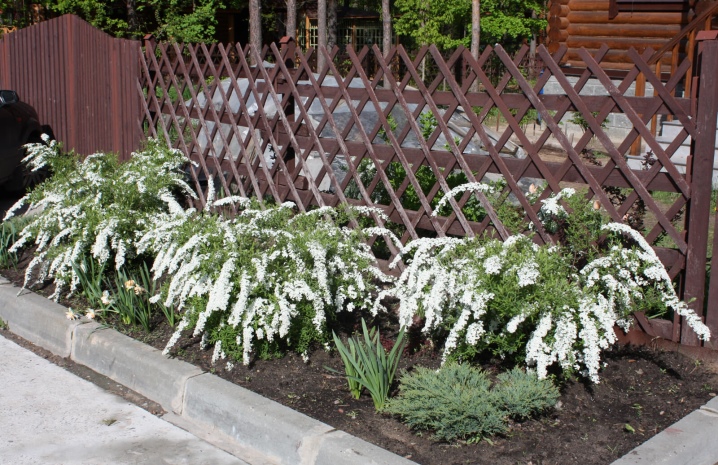
Landing
Thunberg spirea is planted often as hedges, while observing the distance between the rows of 40 centimeters. For group planting, it is worth keeping a distance of up to 70 centimeters. The best time for planting shrubs is September, while it is better to choose a cloudy or rainy day.
The planting hole should be 25 percent larger than the root system. The depth of the planting pit should be between 50 and 70 centimeters. After planting, the root collar should be on the ground.
Do not forget about the organization of the drainage layer at the bottom of the hole. It can be made from sand and broken bricks.
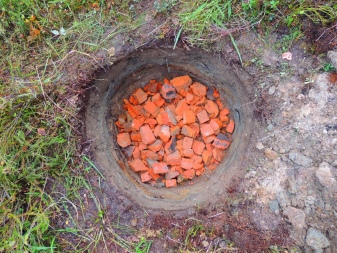

Reproduction
Bush division is the most common way of reproduction of the Thunberg spirea. The division of the snow willow can be carried out at 3-4 years of age. Rooting of seedlings should be carried out both in summer and autumn. It is worth noting that each division must have several shoots and one good bud. NSThe prepared planting material is planted similarly to ordinary seedlings in a pre-prepared hole.
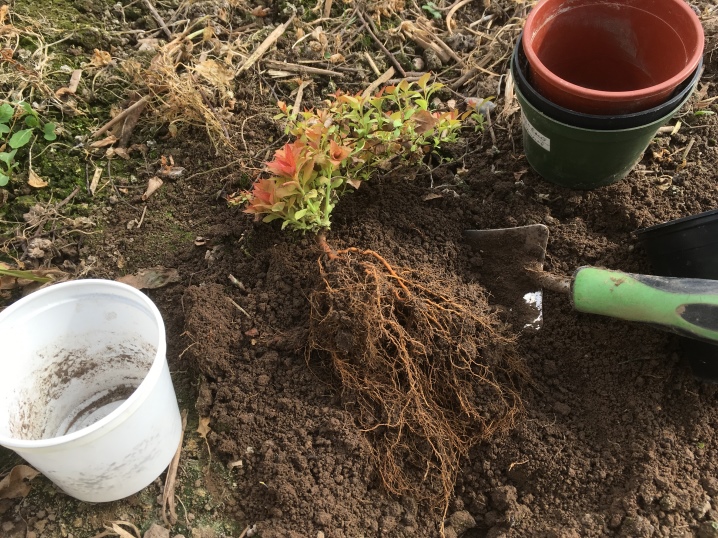
Care
Despite the unpretentiousness of Thunberg's spirea, she still needs care. Planting the shrub correctly will ensure that the snow willow grows seamlessly and blooms without any extra care. In order for the culture to be more magnificent, bloom profusely and delight for a long time with its presence on the site, the following activities will be required:
- watering;
- soil mulching;
- fertilizer;
- weeding and loosening of the soil;
- pruning;
- preparation of the bush for wintering.

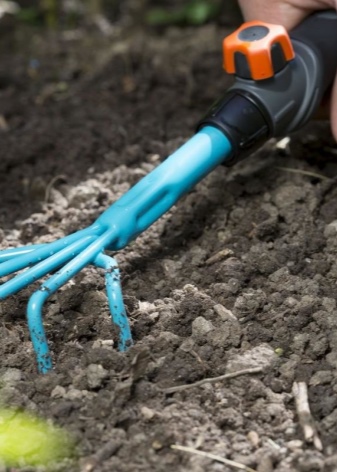
Often, irrigation of the snow willow is not required; it has enough atmospheric precipitation. It is recommended to irrigate young plantations or bushes that suffer from drought. To maintain a normal level of soil moisture, up to 2 buckets of liquid must be poured into the root zone.
If the spirea is planted in an area with fertile loose soil, then it does not need to be fertilized. Poor soil should definitely be fed.

Spirea feeding scheme.
- In early spring, the bush is fertilized with nitrogen-based substances. Urea and nitroammofoska stimulate the growth of shoots and its green mass. Alternatively, you can add organic matter, for example, manure or humus.
- At the beginning of summer, it is worth using a complex potash or phosphorus fertilizer. In this case, potassium sulfate or superphosphate is used. Top dressing of this species stimulates the abundance of flowering of the snow willow.
- At the end of summer. To prepare the plant for the winter period, it needs to be fed with potash or phosphorus fertilizer.


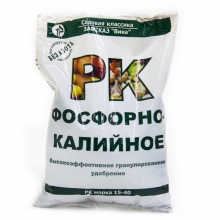
Spirea bushes tolerate pruning well. By trimming the shrub, you can make it lush and more well-groomed. Pruning dry and damaged shoots prevents the onset of many diseases.
Application in landscape design
Spirea Thunberg is a decorative perennial, which is often used in the design of the territory. In Japan and southeast Asia, winters are quite mild, so snowy willow plantations shed their autumn foliage only before the next flowering phase. This crop can be grown as a hedge as the plant is able to absorb the dust and smog of the city street.
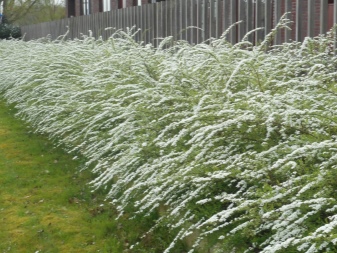
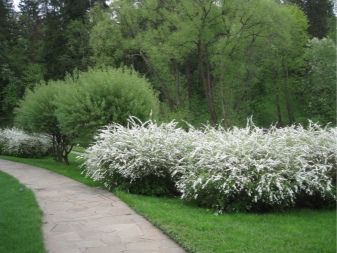
The spirea shrub is considered a worthy option for a flower bed. It can be planted nearby with bulbous primroses, peonies and tulips. In color, perennials, which have dark green or gray foliage, are well combined with Thunberg's spirea. The planting of snowy willow and vegetation with burgundy, purple leaves can be considered a good contrast.
For information on how to propagate spirea by cuttings, see the next video.



































































The comment was sent successfully.